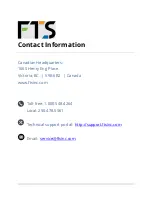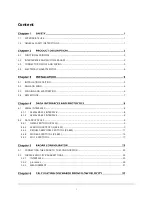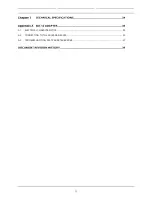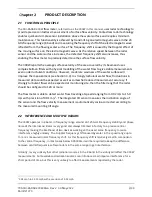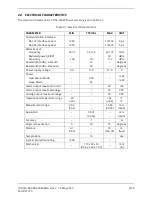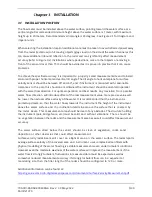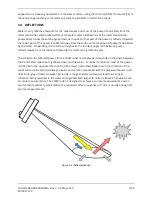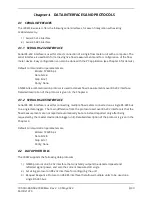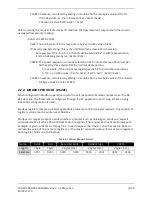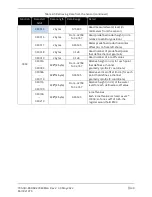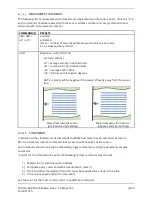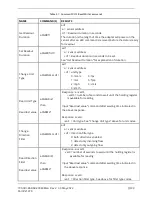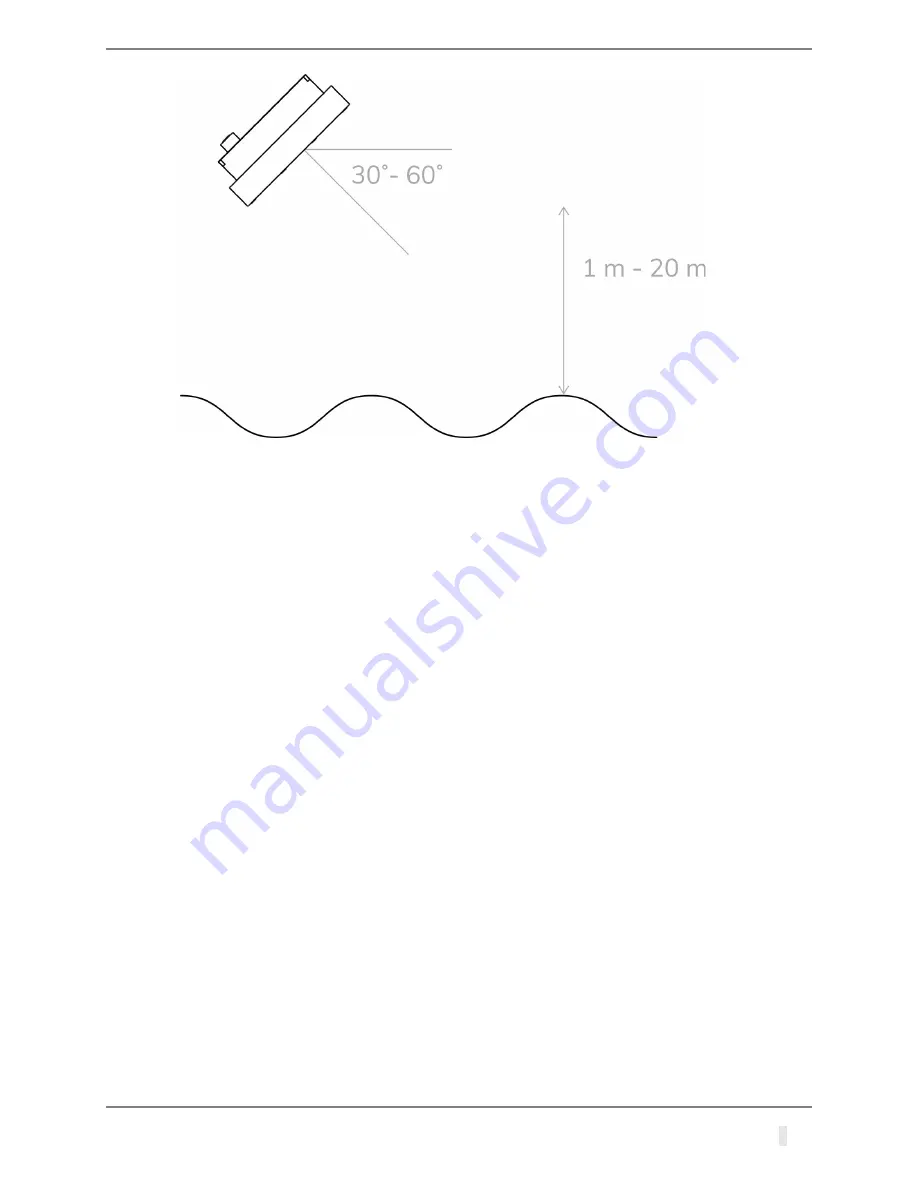
700-SDI-RADAR-300W-Man Rev 2 30 May 2022
6
/39
Part# 21370
Figure 3-1: Flow meter installation position
3.2
RAIN AND WIND
The 300W has integrated internal software filters to filter out effects of rain, fog or wind. However,
these filters have some limitations imposed by environmental conditions (i.e. precipitation). The
majority of measurement inaccuracies caused by environmental factors can be solved by proper
sensor installation.
For rain and snow suppression, the most effective solution is to mount the radar so that the flow
meter points upstream and the water flows towards the radar. As rain falls down and the radar is
tilted downwards, rain droplets will move away from the radar, while the water flows towards the
radar. The radar can then easily distinguish the water movement from rain movement. To further
improve rain filtering, the radar should be configured to report only incoming direction of water
flow. In this case, the radar will completely ignore all movement with direction going away from the
sensor.
The influence of the wind on the accuracy of measured data is, in most cases, small and can be
neglected. The only exception is strong wind as it will create surface waves that are traveling in a
different direction from the water flow. This can affect surface measurement accuracy.
3.3
FOGGING AND EVAPORATION
Generally, radar sensors are not affected by fog or evaporation. However, heavy evaporation with
high water density in the atmosphere can affect measurement accuracy. A very high amount of
evaporation can introduce reflections and can affect surface velocity measurements.
The best solution for surface velocity measurements in heavy evaporation is to use the outbound
flow direction and to configure the sensor with only the downstream directional filter. As
(3.28 ft – 65.6 ft)


